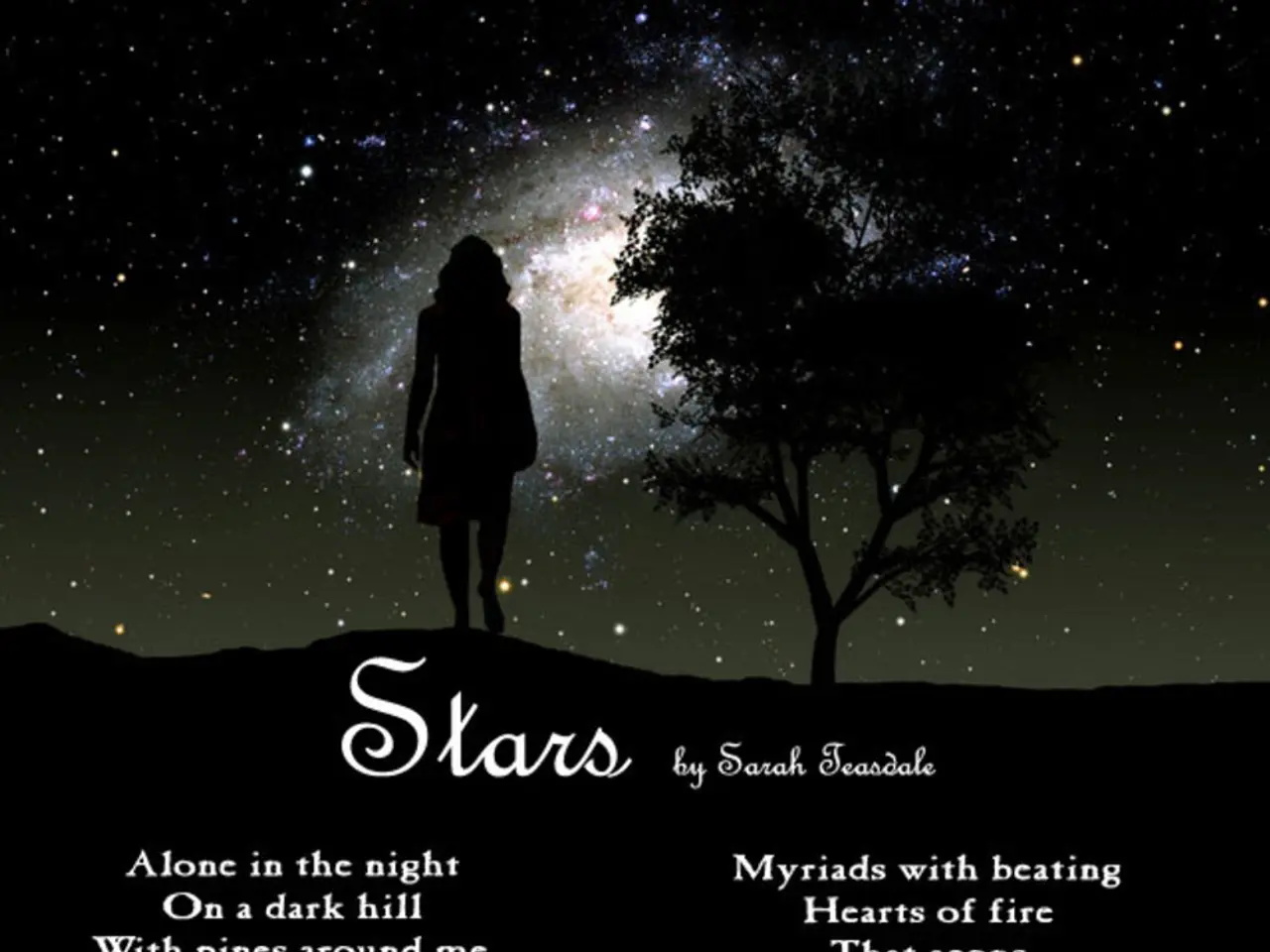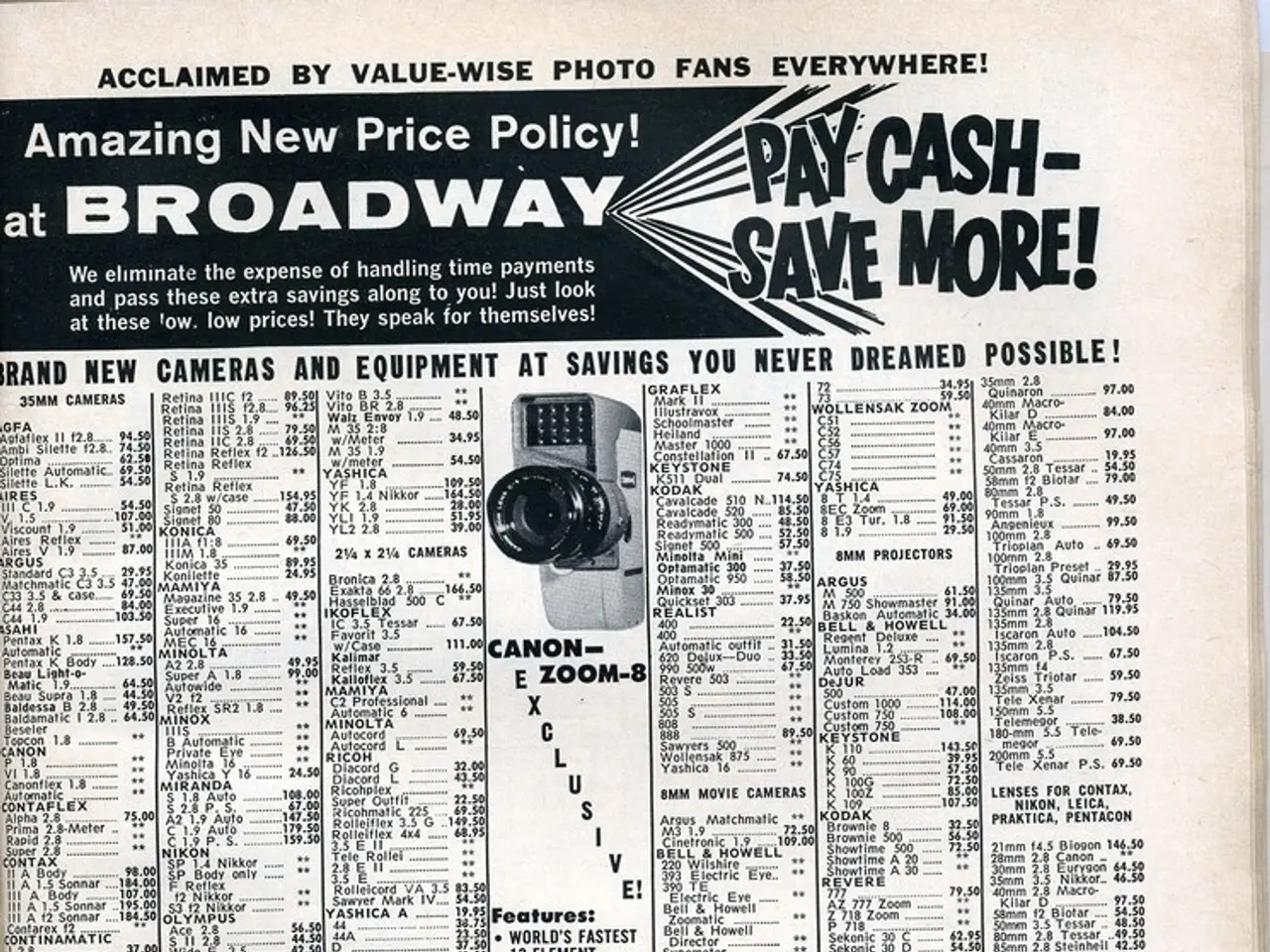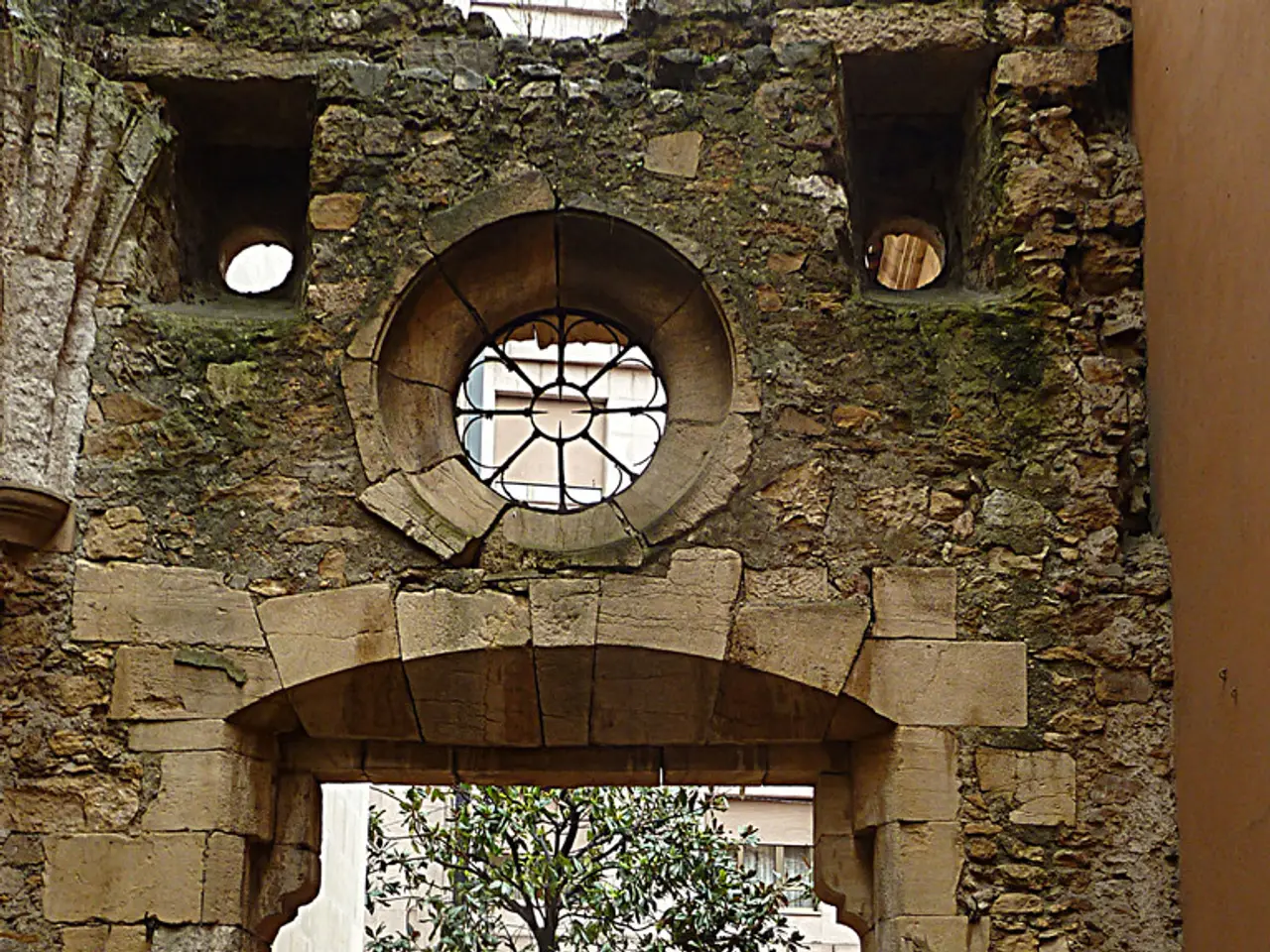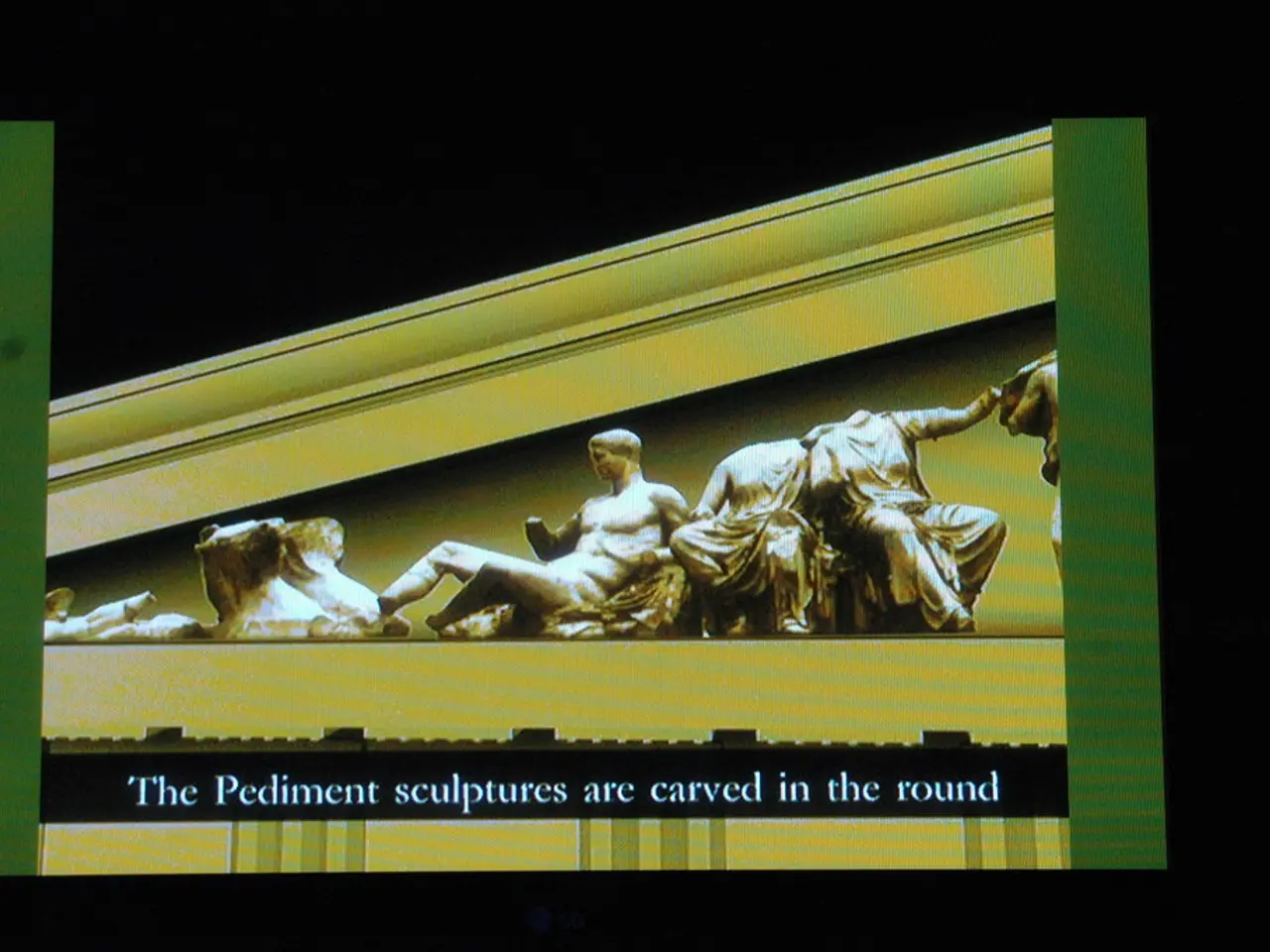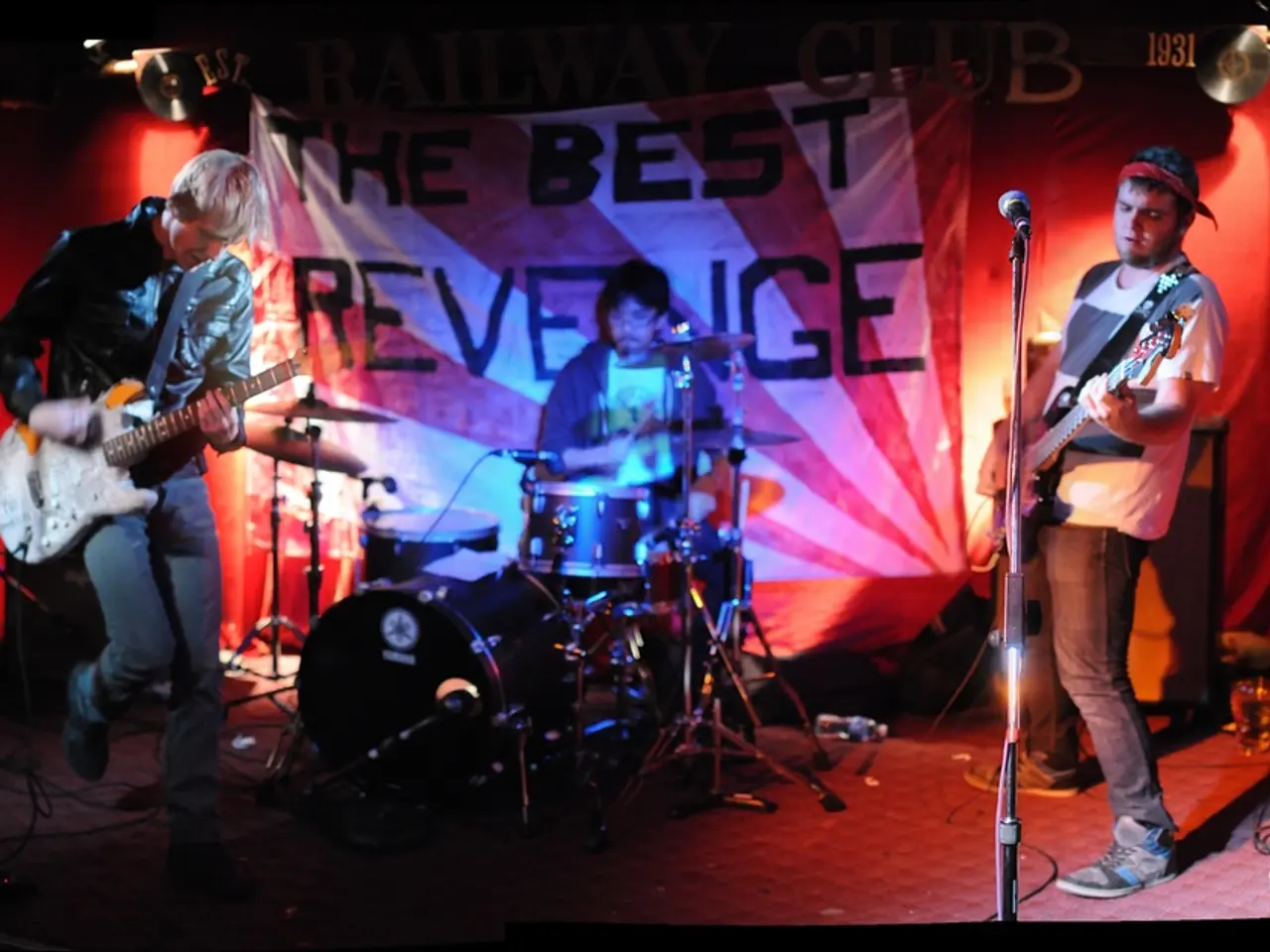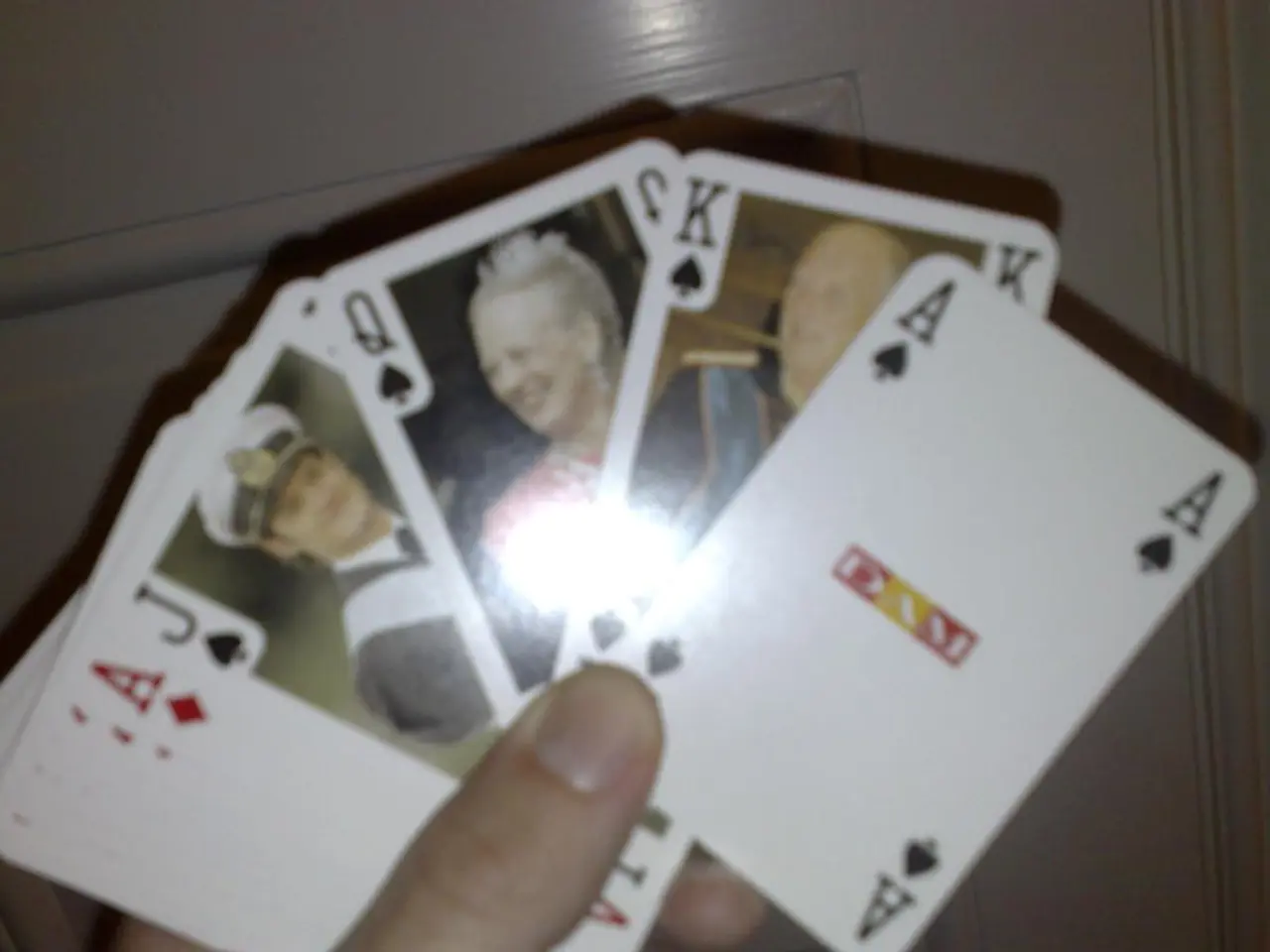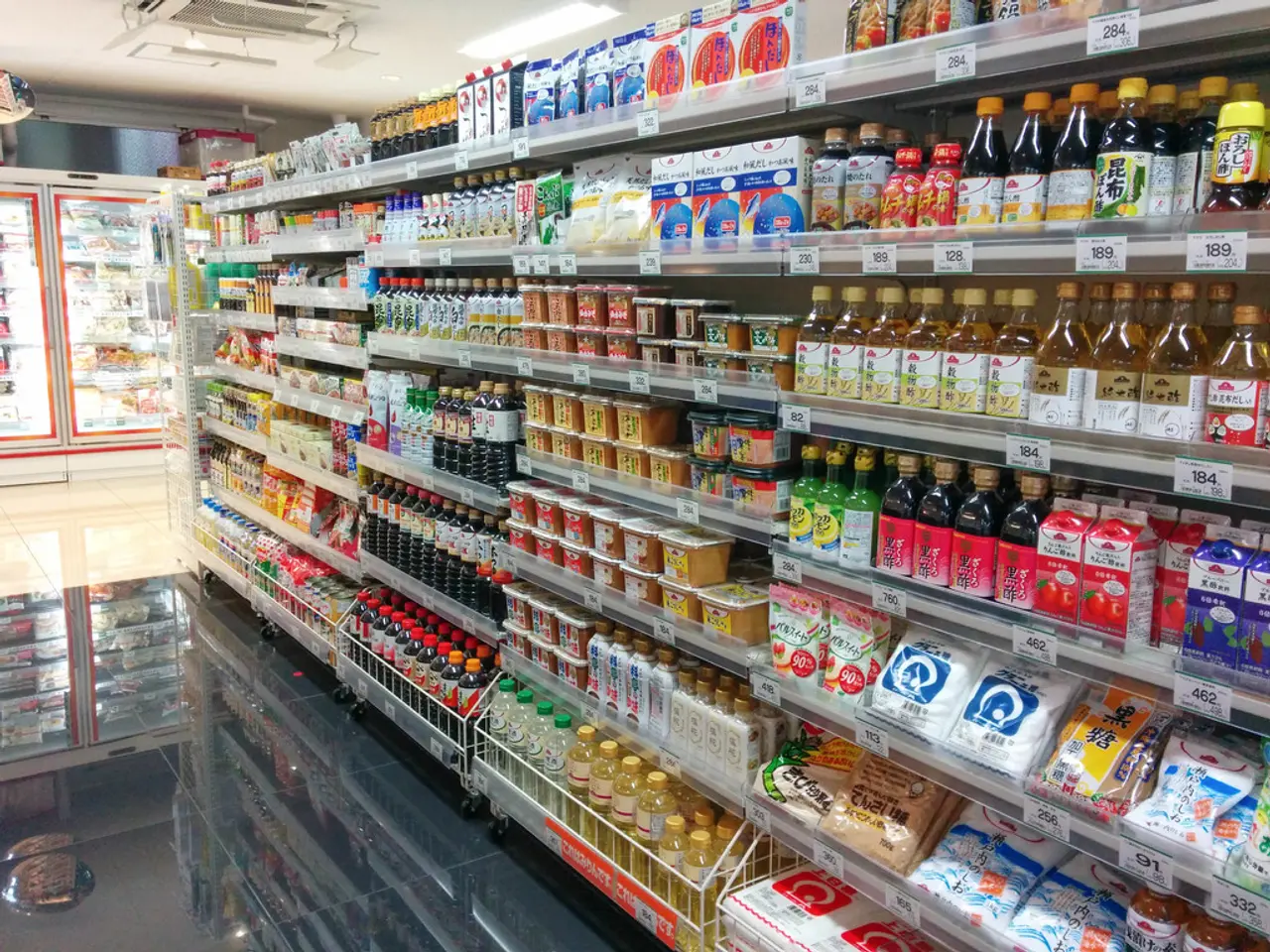Exploring the Inner Workings of Poetry
In the aftermath of World War II, the postmodern movement ushered in a new era for poetry. Abstract and experimental styles became the norm, transforming the literary world and paving the way for performance poetry [1][2]. This shift marked a significant departure from traditional formal structures and styles that had been prevalent in the early 20th century.
As poetry moved beyond the printed page, it found a new home in classrooms, protests, and public stages, blending art with activism and community engagement [1]. The Harlem Renaissance, an influential movement of the early 20th century, played a pivotal role in this transformation. Poets such as Langston Hughes and Countee Cullen used poetry as a cultural and political tool, incorporating diverse voices and challenging gender and racial stereotypes [3].
Poetry readings and performances in Harlem became spaces to assert identity and resist oppression, intertwining with jazz and other African American art forms [3]. Mid-century, the Beat Generation further transformed performance poetry. Poets like Allen Ginsberg, Lawrence Ferlinghetti, and others pioneered live poetry readings that captured countercultural energy and questioned mainstream societal norms [5].
The Six Gallery reading in San Francisco in 1955, where Ginsberg debuted Howl, marked a significant moment in live poetry performance, emphasising spontaneity, emotional intensity, and communal experience [5]. From these roots, performance poetry evolved into various forms, including slam poetry, spoken word, and multimedia poetry, addressing social justice, identity, and contemporary issues.
Spoken word poetry, a form that is both performed and makes a political statement, originated from the Beat Movement [6]. Today, performance poetry can be found in diverse settings such as bars, cafes, schools, and poetry slams, a popular competition where modern poets battle against one another and are judged on their poem performances [2].
Moreover, the boundary between poetry and music has blurred over the years. Artists like Bob Dylan and rap music, with their poetic lyrics, can be considered a form of poetry [7]. Famous modernist poets, such as W.B. Yeats, Robert Frost, and W.H. Auden, also made significant contributions to the world of poetry [4].
The modernist movement, active in the early 1900s, rebelled against the notion that poetry should be elegant and beautiful, further contributing to the evolution of performance poetry [8]. Thus, performance poetry’s history is characterized by its shift from written text to live presentation, its role as political and cultural expression, and its expansion into inclusive, varied forms in contemporary times [1][3][5].
In this evolution of poetry, the focus shifted from the printed page to classrooms, protests, and public stages, transforming it into a medium that intertwines with fashion-and-beauty, lifestyle, and entertainment [2]. Today, performance poetry can be experienced in diverse settings such as schools, cafes, and bars, often blending poetry with music [2, 7]. Books that delve into the history and impact of performance poetry provide valuable insights into this transformative art form [8].
